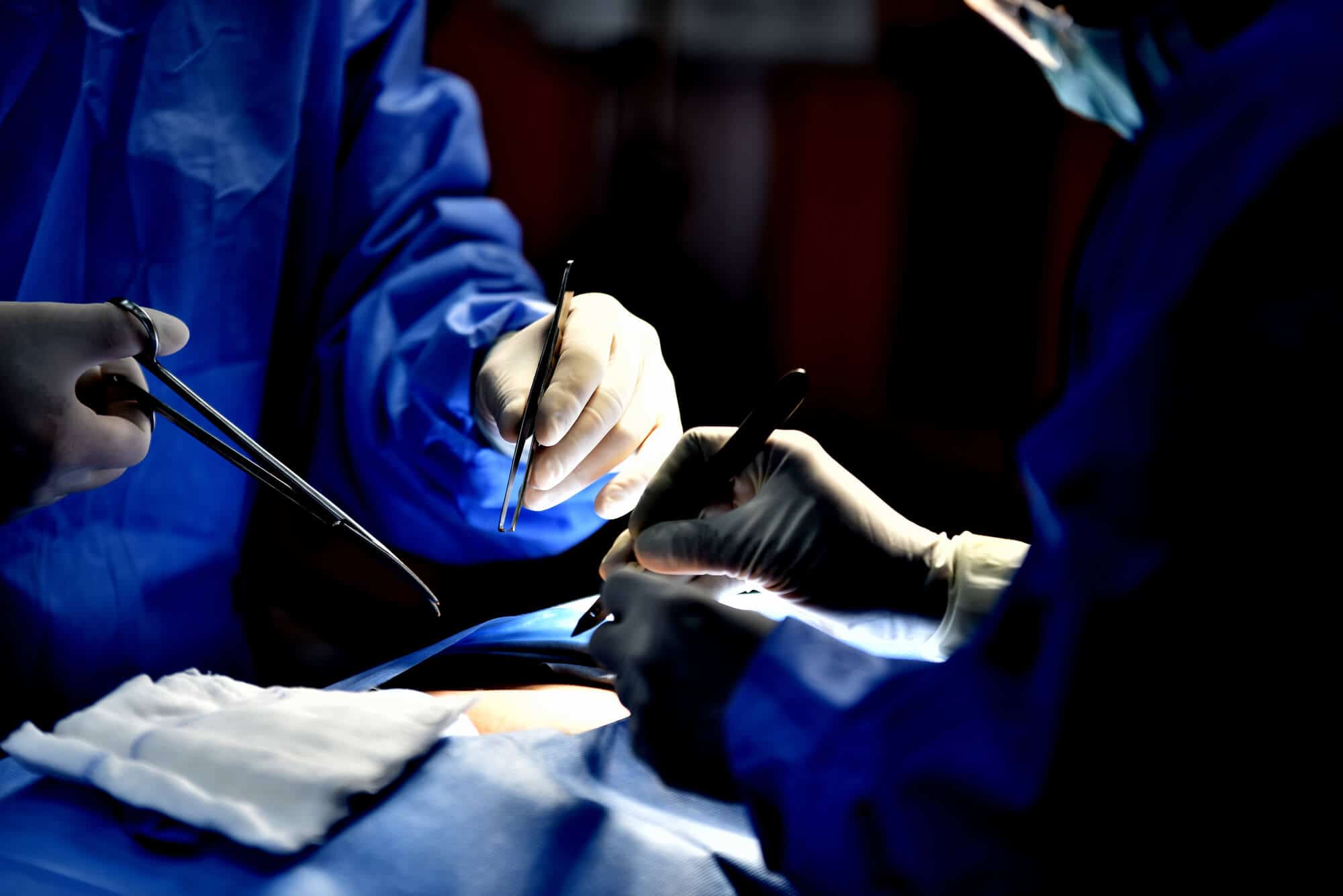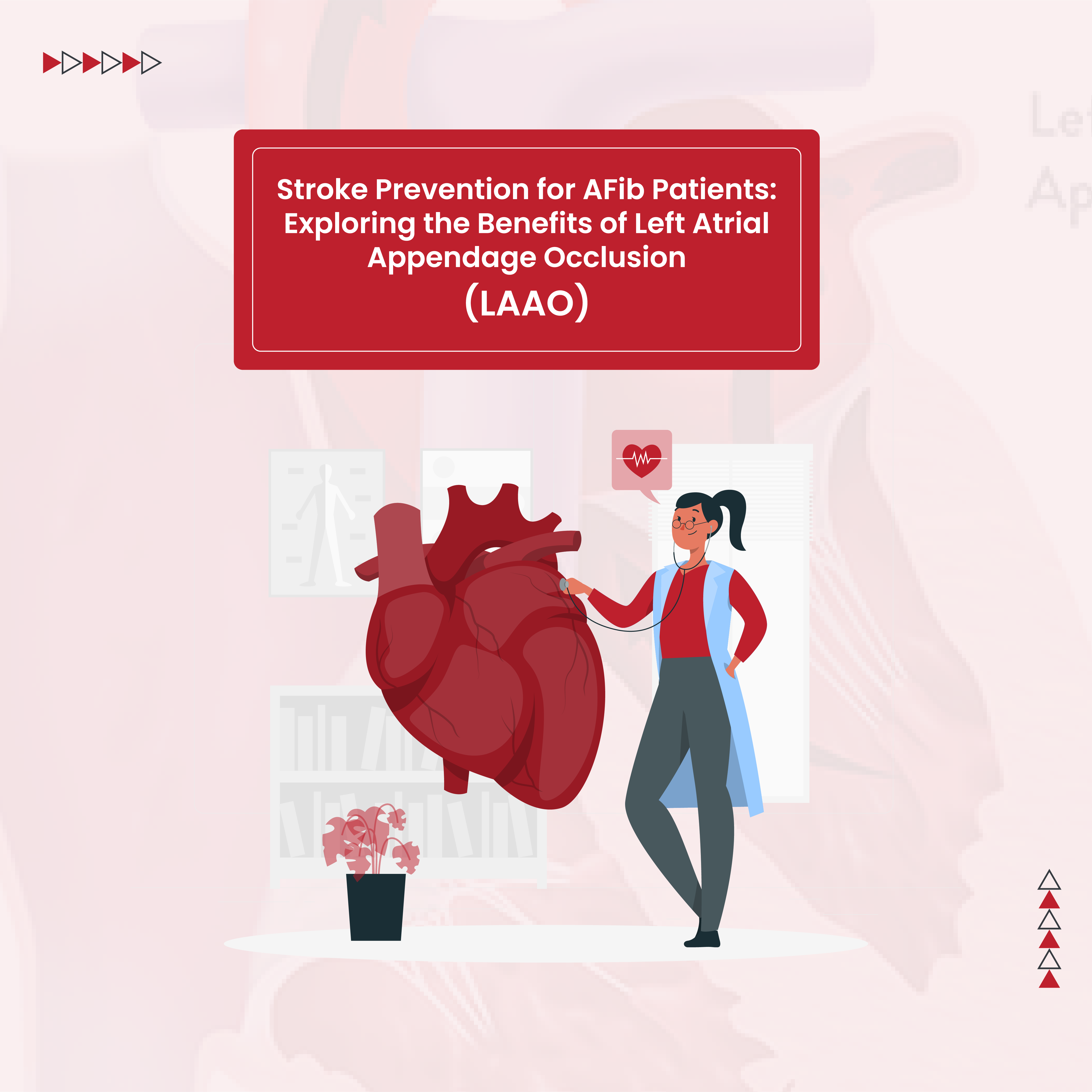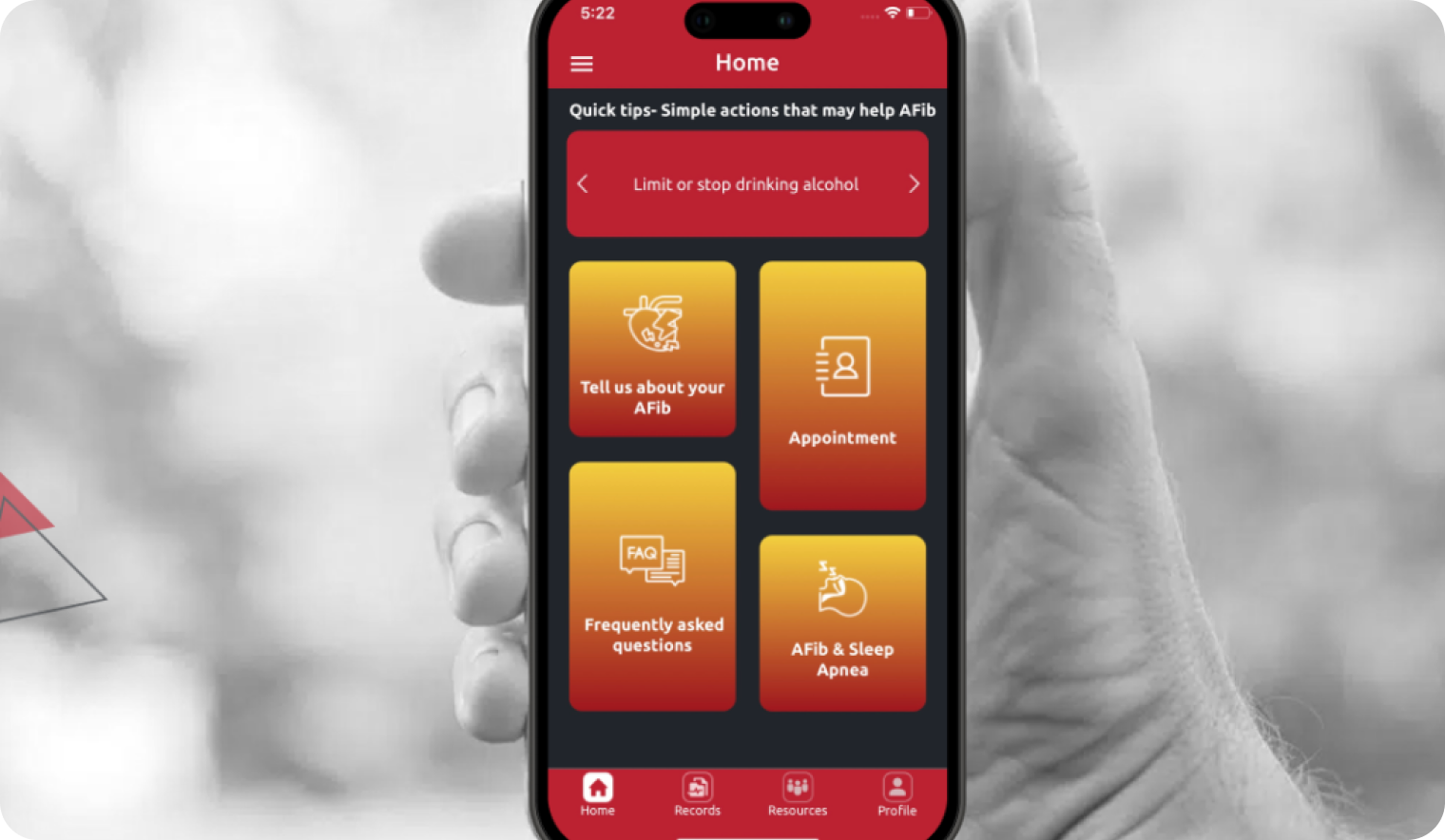What is Surgical Ablation?
A cardiac ablation for atrial fibrillation (AFib) is a procedure that treats atrial fibrillation by creating areas of scar tissue in the heart’s upper chambers. This heart procedure for AFib can be completed via catheter ablation or surgical ablation.
Atrial fibrillation surgery is called a maze procedure. This surgical treatment for atrial fibrillation is done during open-heart surgery for another heart condition, such as valve replacement. A maze procedure can also be done via a minimally-invasive approach.
What is a Maze Procedure?
During a maze procedure for AFib, a surgeon creates a series of lines in the upper chambers of the heart using heat or cold energy. These lines treat atrial fibrillation by creating a ‘maze’ of scar tissue that blocks the chaotic electrical signals that cause atrial fibrillation.
The maze procedure itself is not a new surgery for AFib. The original maze heart procedure for AFib was pioneered by Dr. James Cox in 1987. It was initially done via open-heart surgery during which the surgeon would actually create the maze lines using a scalpel. This new surgical option to treat atrial fibrillation was very effective, but it was associated with a number of risks and complications.
Over the years, the maze procedure has been modified and updated to improve safety and decrease complications while maintaining overall effectiveness. While there is no cure for atrial fibrillation, the maze procedure for AFib is very effective and 70-95% of people who undergo this type of atrial ablation procedure experience long-term relief from atrial fibrillation.
There are 2 AFib surgery options for maze ablation procedures:
- Open-heart maze surgical ablation. Your doctor may recommend this if you have atrial fibrillation and need open-heart surgery to fix or replace a heart valve or need coronary artery bypass graft surgery (CABG). The ablation will be done during your cardiac surgery while the surgeon is already in the chest and you are on a heart-lung bypass machine. This is the most common type of surgical ablation for atrial fibrillation.
- Minimally-invasive maze procedure. During a minimally invasive heart maze, the surgeon will make small incisions in the chest wall. The surgeon works through these keyhole incisions to access the heart. Small video cameras may be used to allow the surgeon to see your heart and other structures inside the chest. The maze ablation is done on the outside of the heart muscle using heat or cold energy. It can be done with or without robotic assistance depending on your surgeon’s preference.
Regardless of how the maze is completed, the surgeon also closes the left atrial appendage (LAA) during a maze procedure for AFib. The left atrial appendage is a sac-like pouch of tissue that protrudes off the left upper chamber of the heart (left atrium). The chaotic, abnormal heartbeat of atrial fibrillation causes blood to pool in the left atrial appendage which increases the risk of blood clot formation. If a blood clot forms in the LAA, it can enter into circulation, travel to the brain, and cause a stroke. People with atrial fibrillation have a 5 times increased risk of stroke compared to someone without atrial fibrillation and 90% of those strokes are due to clots that formed in the left atrial appendage. Closing the left atrial appendage decreases or eliminates the need for long-term anticoagulation.
What is a New Procedure for AFib?
Continuous (persistent) atrial fibrillation is difficult to treat with catheter ablation and it tends to come back even after multiple catheter ablations. This is because persistent atrial fibrillation tends to cause structural changes in the left atrium that help trigger and maintain atrial fibrillation. These changes affect large areas and the entire depth of the atrial muscle which makes a standard, catheter-based AFib treatment ablation less effective. The catheter ablation process only treats electrical impulses that come from heart muscle cells on the inside of the heart and is not as good at treating atrial fibrillation when it has become this extensive.
Hybrid ablation is a new surgical procedure that increases the effectiveness of the ablation medical procedure for persistent atrial fibrillation. This new heart procedure for AFib uses both surgical ablation and catheter ablation to treat atrial fibrillation. During the hybrid approach, scar tissue is created on the heart from the inside (via catheter ablation) and outside (via minimally invasive maze ablation). Sometimes the catheter and surgical ablations are done during a single procedure. Other doctors prefer a staged approach where the surgeon does the maze procedure first and then the person comes back within a few months for the catheter ablation.
What Warrants a Maze Ablation?
Not everyone with AFib will need a maze surgery. Your doctor may refer you for a heart maze procedure if you have symptoms with your AFib and:
- Are undergoing open heart surgery for another heart condition, such as mitral valve repair/replacement or coronary artery bypass graft surgery (CABG)
- Continue to have symptomatic intermittent (paroxysmal) atrial fibrillation despite medications, cardioversion and prior catheter ablation(s).
- Have persistent atrial fibrillation, especially if the upper left heart chamber has become enlarged.
Because a surgical ablation is more invasive and therefore has a higher risk of complications, it is important to carefully weigh the risks and benefits of maze procedure vs catheter ablation. Occasionally, a maze procedure will be recommended for someone who doesn’t fall into one of the three categories listed above.
Sally is an example of a person like this. Sally has a history of paroxysmal atrial fibrillation. She continues to have episodes of atrial fibrillation despite taking medications to try to stop the abnormal heartbeat. She has never had catheter ablation. Due to her atrial fibrillation and other medical conditions, including prior history of stroke, she has been on a blood thinner since she was diagnosed with atrial fibrillation a few years ago. Unfortunately, she recently had a massive gastrointestinal bleed which required hospitalization and blood transfusion. Her gastroenterologist has advised that it is no longer safe for Sally to take a blood thinner. She and her cardiologist have discussed that something needs to be done to manage her stroke risk since she is no longer able to take blood-thinning medication.
As discussed previously, the left atrial appendage is the source of 90% of strokes due to atrial fibrillation. Most people who have had their left atrial appendage closed, clipped, or occluded will not need to take long-term blood-thinning medication. The left atrial appendage is closed as part of a maze procedure. Therefore, even though Sally does not ‘qualify’ for a maze procedure by traditional metrics, her cardiologist recommends a surgical ablation to treat both her atrial fibrillation and close her left atrial appendage. This will effectively reduce her stroke risk without the need for a blood thinner, which will help prevent future repeat gastrointestinal bleeds.
Can You Have Surgery with AFib?
People with atrial fibrillation can have heart surgery. If you are in atrial fibrillation at the time of your cardiac surgery or ablation, your surgeon may decide to do electrical cardioversion to try to revert your heart to a normal rhythm before or during surgery.
Before your open-heart surgery or maze procedure, your surgeon will order some tests to assess your current health status and to make sure you are a good candidate for the physical stress of surgery and general anesthesia. Preoperative testing may include:
- Electrocardiogram (EKG or ECG). This quick, in-office test provides a tracing of the electrical activity of your heart. It will allow your doctor to check your heart rate and rhythm and see if you are currently in atrial fibrillation.
- Echocardiogram. An ultrasound of the heart that shows the structure and function of your heart. People with atrial fibrillation are at higher risk of developing heart failure. An echocardiogram will show whether or not heart failure is present. Since you will be under general anesthesia during your maze procedure, it is important for your anesthesiologist to know if you have heart failure or other structural heart problems.
- Laboratory tests. Check your blood levels, liver and kidney function and electrolytes for any abnormalities that would affect your ability to tolerate surgery. You may also have a nasal swab done to check for bacteria that can live on your skin and increase the risk of infection after surgery.
- Chest X-ray.
- Pulmonary function test. Breathing tests that assess your lung function.
- Carotid ultrasound. Ultrasound to check for blockages or areas of narrowing in the carotid arteries, which are the large arteries in your neck.
- Further heart testing. The type of additional testing for your heart will depend on what type of surgery you are having. For example, if you are having a mitral valve replacement and a maze procedure your surgeon will probably ask your cardiologist to do a left and right heart catheterization. If you are having a minimally-invasive maze procedure, the surgeon may only need a specialized CT scan of the heart.
Does Ablation Cure AFib?
There is currently no cure for atrial fibrillation so it is possible to have AFib after a maze procedure. However, the maze procedure is very effective and many people experience prolonged periods of freedom from atrial fibrillation. People who are able to maintain a normal heart rhythm have a lower incidence of heart failure, hospitalization and death. In addition, many people note a significant improvement in quality of life after ablation therapy for AFib.








